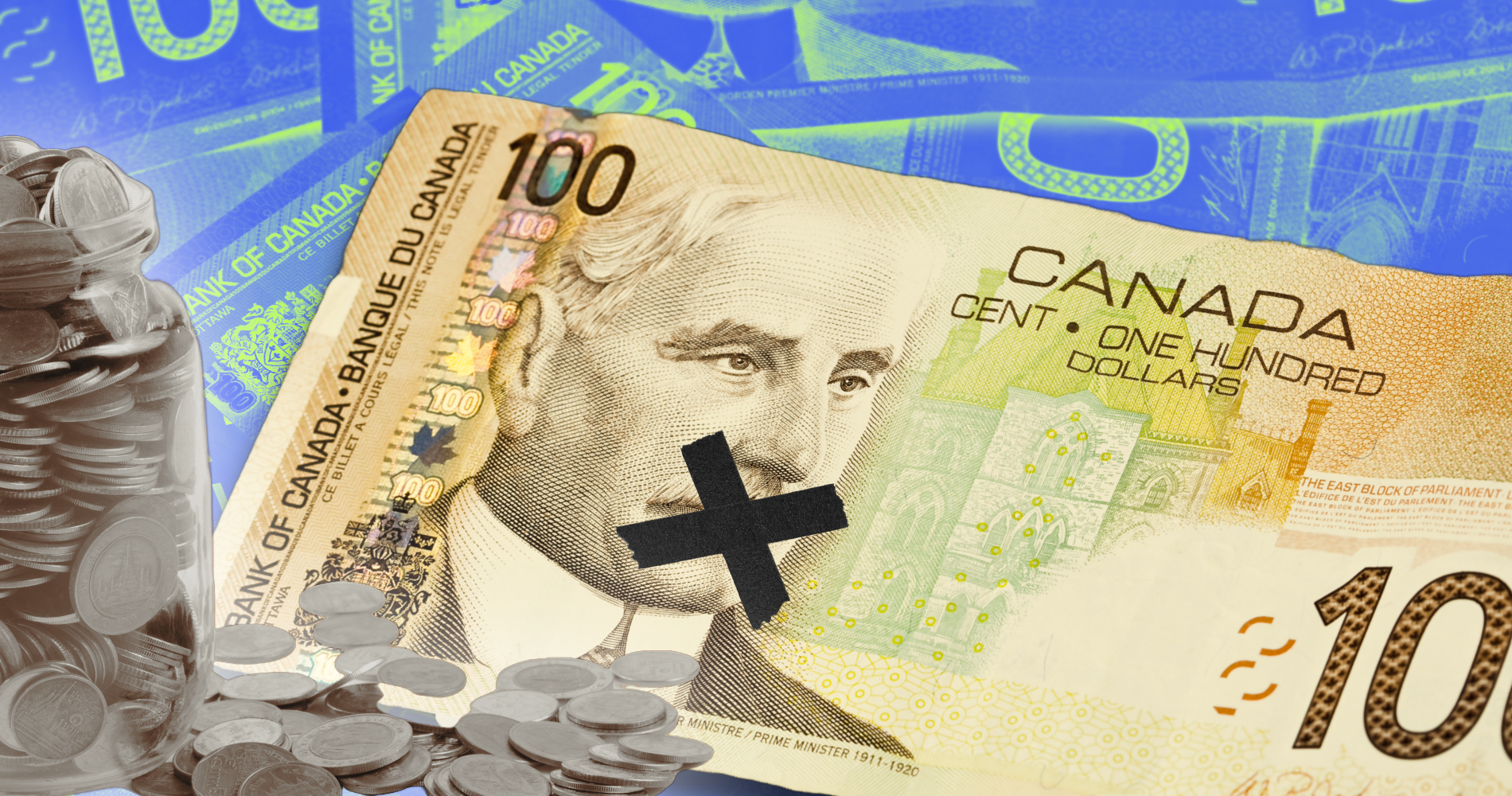Our content is fiercely open source and we never paywall our website. The support of our community makes this possible.
Make a donation of $35 or more and receive The Monitor magazine for one full year and a donation receipt for the full amount of your gift.
The long time frame of Election 2015 may have started as a Conservative tactic to game the system so as to out-spend the other parties on the advertising air war. But the campaign’s length has meant a wide range of issues discussed, in comparison to past elections. Aided by the internet and social media, this election has given rise to genuine debate on topics ranging from federal fiscal policy to marijuana to trade deals to climate change to “barbaric cultural practices.”
We will know shortly whether all of this debate and the three-way horse race translates into higher voter turnout. In 2011, 61.4% of eligible voters came out to mark a ballot, up from 58.8% in 2008, but well short of the 75% turnouts Canada witnessed in the 1980s, and many elections past (best turnout was 79.4% in 1958).
Many efforts are in play to get out the vote, but my sense is that low voter turnout is linked to democratic institutions that are so distant from our day-to-day lives. That all of those diverse conversations about the country we want to live in must get whittled down to a single mark on a ballot. In a large proportion of cases, that mark will be “wasted” because they live in a “safe” riding long held by one of the main parties, or by voting on principle for a smaller party that has no chance of winning.
The collective will of the people translates very poorly into our democratic institutions.We expect a new iPhone model every year, but we are stuck with a they-Parliament whose basic form has changed little from 17th century England. The House of Commons is supposed to be a place where local people could send their representatives to talk, or in French, parler; that is, a Parliament. Most elected representatives in practice have little power unless they are in Cabinet, and even then the marching orders largely come from the Prime Minister’s Office (PMO).
Representative democracy, warts and all, may have been a reasonable fit 100 to 200 years ago, before the revolution in information and communications technologies. For a highly educated 21st century population armed with communications tools beyond the wildest dreams of their ancestors, it no longer is.
That we allow parties to win 100% of the power with much less than half of the vote is a long-standing problem with Canada’s first-past-the-post electoral system (provincially, as well as federally). A deeper erosion of democracy itself is central to the current election, with recent abuses of our democratic institutions at the hands of the Harper Conservatives: prorogations, refusal to provide information to Parliament, sabotaging committees, disenfranchising voters, failing to meet with the nation’s Premiers, not showing up for candidates’ debates, and using government advertising resources to push partisan interests (and more; see this list compiled by The Tyee).
Can a system change? One plausible outcome from this election is a shift to proportional representation (PR), where the seats in Parliament (better) reflect the popular vote. Each of the NDP, Liberals and Greens have promised a shift to PR should they win, although it is not clear which of the many forms of PR would win out. PR is not a panacea, but it would reshape Canadian politics, lead to greater cooperation among parties, and deliver a democratic system much closer to the will of the people.
The X-factor in Election 2015 is strategic voting. Can progressive forces, representing a 2/3 majority, really cooperate this one time to game the system into change? So that future elections will elect a representative government? It is not obvious that Canadians view elections and voting in this light. However, an EKOS poll released last May comes closest to an answer, with 56% of respondents opposing the Conservatives, of which 59% were ready to vote strategically. Assuming that finding holds (the specs on this poll are pretty good) that translates into 1/3 of all voters would be willing to move their vote to defeat the Conservatives.
Strategic voting initiatives include one-person efforts like Strategic Voting, which provides an endorsement in 128 swing ridings, and Strategic Donation, which facilitates giving money to candidates in those swing ridings. Both of these draw on riding-by-riding estimates from the website, ThreeHundredEight.com. More organized efforts include LeadNow’s Vote Together campaign, which has boots on the ground in strategic ridings, and has thus far endorsed 16 candidates, with more to come before E-day.
Deep frustration after a decade of the Harper Conservatives, and fear of another mandate, may make this election the most ripe ever for strategic voting. The change our electoral system needs goes beyond the democratic shortcomings of the Harper Conservatives, but PM Harper’s polarizing politics may be what drives electoral innovation in Canada.


